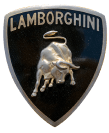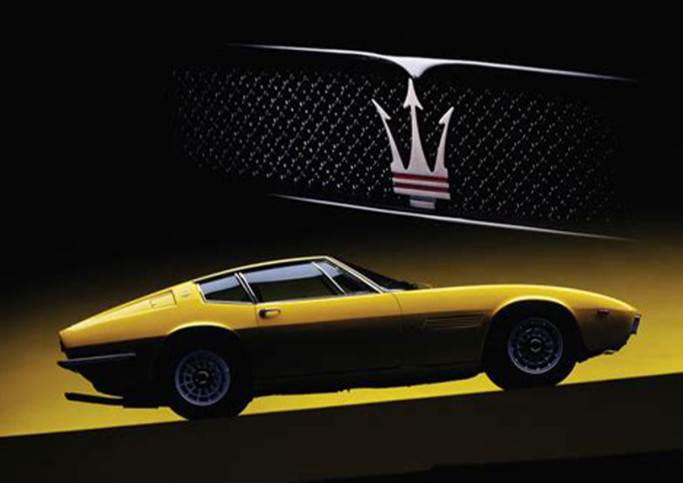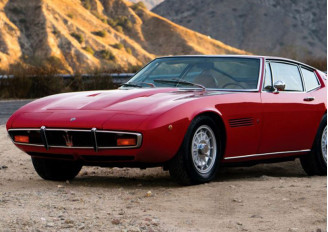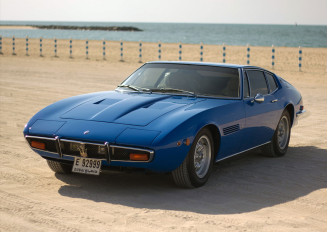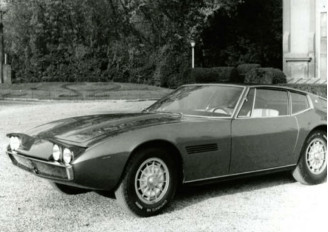Maserati Ghibli – The Ultimate Rare Classic Car
Content
Maserati Ghibli: The Italian Masterpiece Ahead of Its Time
When it debuted in 1966, the Maserati Ghibli made an explosive entrance into the world of Gran Turismo. Designed by the legendary Giorgetto Giugiaro at Carrozzeria Ghia, it immediately caught the eye—not just of automotive journalists, but of anyone dreaming of the perfect combination of style, performance, and character.
Design
With its low, elongated silhouette, long hood, and unmistakable profile, the Ghibli embodied the very essence of Italian design. Every line and curve was meticulously crafted. Despite its generous proportions, the car looked agile and refined—thanks to a dry-sump V8 engine and compact suspension that kept the car low and planted.
Performance
Under the hood roared a legendary 4.7-liter V8, giving the Ghibli the heart of a true supercar. With a top speed of 170 mph (275 km/h), it rivaled the Ferrari 365 GTB/4 Daytona—on the track and in the hearts of enthusiasts. But unlike the Ferrari, the Ghibli offered a more “grounded” experience: comfortable for everyday use, quiet when needed, and thrillingly fast on demand.
Spyder Version
In 1969, Maserati introduced the Ghibli Spyder—a soft-top convertible that stored neatly beneath a rear panel. It brought the same V8 power and signature sound, but with an added sense of freedom: wind in your hair, sky overhead. More than a car, it was open-air Italian elegance on wheels.
Technical Specifications Maserati Ghibli
- Production Years: 1967–1973
- Body Styles: Coupe / Convertible (Spyder)
- Engines: 4.7L V8 DOHC (Ghibli) / 4.9L V8 (Ghibli SS)
- Horsepower: 310–335 hp
- Transmission: 5-speed manual / 3-speed automatic
- Drivetrain: Rear-wheel drive
- Top Speed: Up to 170 mph (275 km/h)
- Acceleration (0–60 mph): ~6.8 sec (Ghibli SS)
- Brakes: 4-wheel disc brakes
- Curb Weight: Approx. 3,500 lbs (1,600 kg)
- Fuel Tank Capacity: 26.4 gal (100 liters)
- Units Produced: ~1,170 Coupes / ~125 Spyders
Specs may vary slightly depending on version, model year, and trim.
A Rare Icon
By the time production ended in 1973, only 1,170 Coupes and 125 Spyders had been built—about a third of them in the more powerful 4.9L SS version. Today, every Ghibli is more than a classic—it’s an appreciating asset and a true collector’s gem.
Why the Ghibli Remains a Legend
- Timeless Design: Giugiaro’s styling is still admired for its elegance and balance.
- Authentic Driving Feel: The V8 isn’t just about speed—it’s about emotion.
- Comfortable Grand Tourer: Perfect for long-distance, high-speed cruising.
- Collectible Status: Limited numbers, rising market value, and recognition at concours events.
Collector Feedback
Today, the Ghibli is a regular at classic car shows and in top-tier collections. Owners agree: “This is the kind of car that makes people stop, stare, and dream. Decades later—it still turns heads.”
Investment Potential
Owning a Maserati Ghibli today means more than loving a classic—it’s a smart long-term investment.
As values of 1960s–70s Italian sports cars continue to rise, the Ghibli stands out:
Limited Production: Just 1,170 Coupes and 125 Spyders increase exclusivity.
Strong Appreciation: In the last decade, prices for well-preserved Ghiblis have risen significantly. Spyder or SS models have surpassed €300,000 at major auctions like RM Sotheby’s, Bonhams, and Gooding & Co.
Factory Support: Maserati Classiche actively supports historical models, boosting buyer confidence.
Ferrari Alternative: While the Ferrari 365 GTB/4 Daytona commands a higher price, the Ghibli offers similar performance and emotional appeal—at a more accessible price.
Looking for a car that will only increase in value? The Ghibli is among the strongest contenders.
Restoration Insights: Restoring a Maserati Ghibli is a rewarding journey—but one that requires attention to detail and some insider knowledge.
Key Considerations:
Body: Typically a steel structure with an aluminum hood. Watch for corrosion in rocker panels, wheel arches, and engine bay.
Wiring: Original wiring (Lucas or Magneti Marelli) often needs complete replacement. Many opt for modern equivalents while keeping the period look.
Engine: The dry-sump 4.7L or 4.9L V8 needs expert care. Regular maintenance, premium oil, and precise Weber carburetor tuning are essential.
Interior: Authentic Connolly leather, wood-rim steering wheel, and classic Veglia gauges require specialized restoration materials and skills.
Restoration Benefits:
Parts Availability: A strong Maserati community and Classiche program make sourcing or recreating parts possible.
Subtle Modernization: Owners often keep the original aesthetics while upgrading internals—brakes, cooling systems, air conditioning—for usability.
A professionally restored Ghibli can double in value—and earn admiration wherever it goes.
Popular Maserati Ghibli Parts for sale in USA
Our site offers a wide range of Maserati Ghibli spare parts, both original and analog, including new and used options. All of them are available in our convenient online catalog.
- Maserati / Ghibli / Accessories Other Related Parts
- Maserati / Ghibli / Belts Hoses Cables Parts
- Maserati / Ghibli / Body Panels Parts
- Maserati / Ghibli / Climate Systems Parts
- Maserati / Ghibli / Clutch And Hydraulics Parts
- Maserati / Ghibli / Chassis And Other Related Parts
- Maserati / Ghibli / Brake Parts
- Maserati / Ghibli / Cooling System Parts
- Maserati / Ghibli / Differential, Driveshaft And Axle Parts
Final Thoughts
The Maserati Ghibli is a car that speaks of taste, individuality, and a deep appreciation for automotive history. It doesn’t shout—it persuades, with timeless Italian elegance.
Maserati Ghibli is not just a car. It’s a living story of speed, style, and passion.


